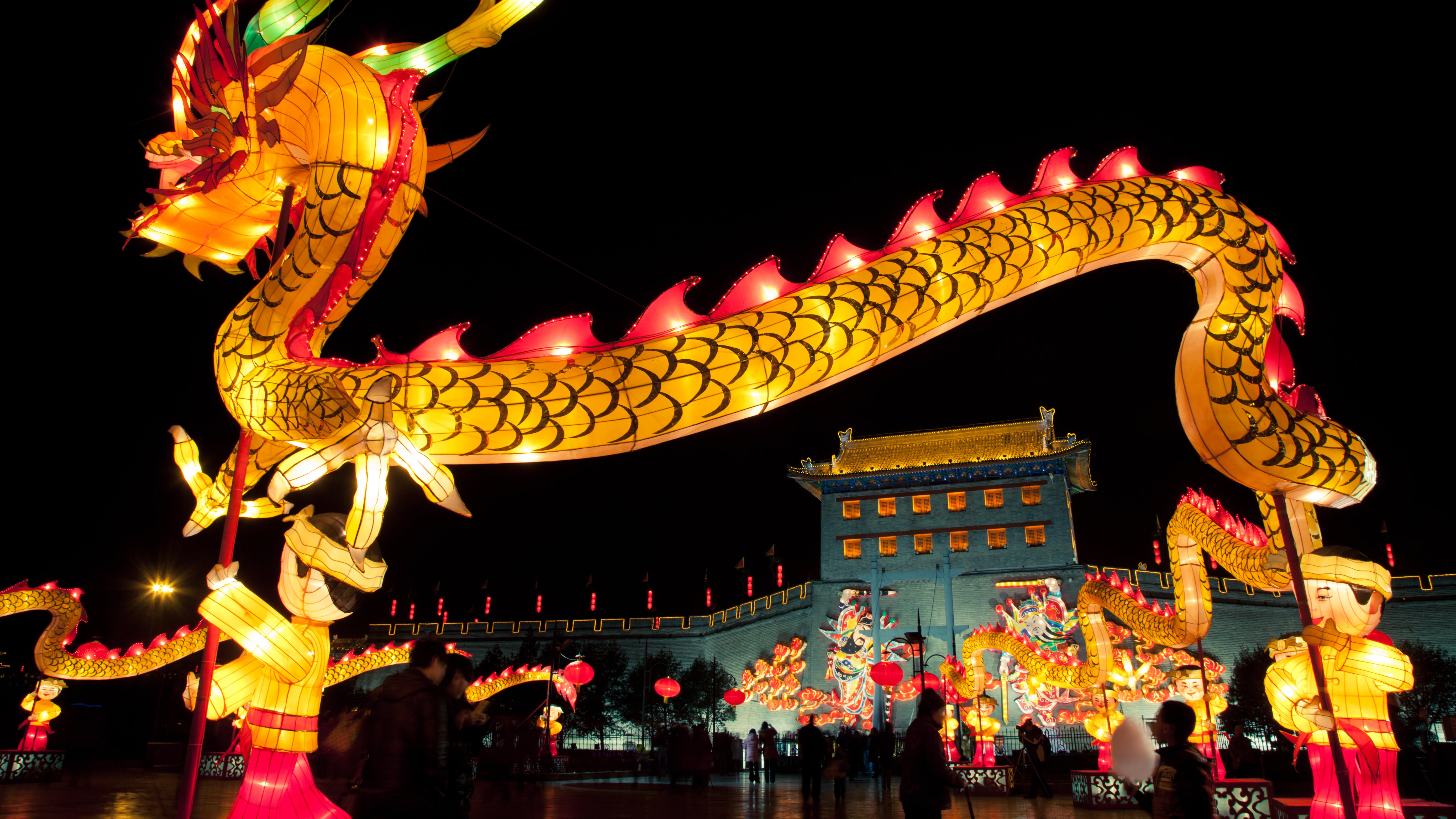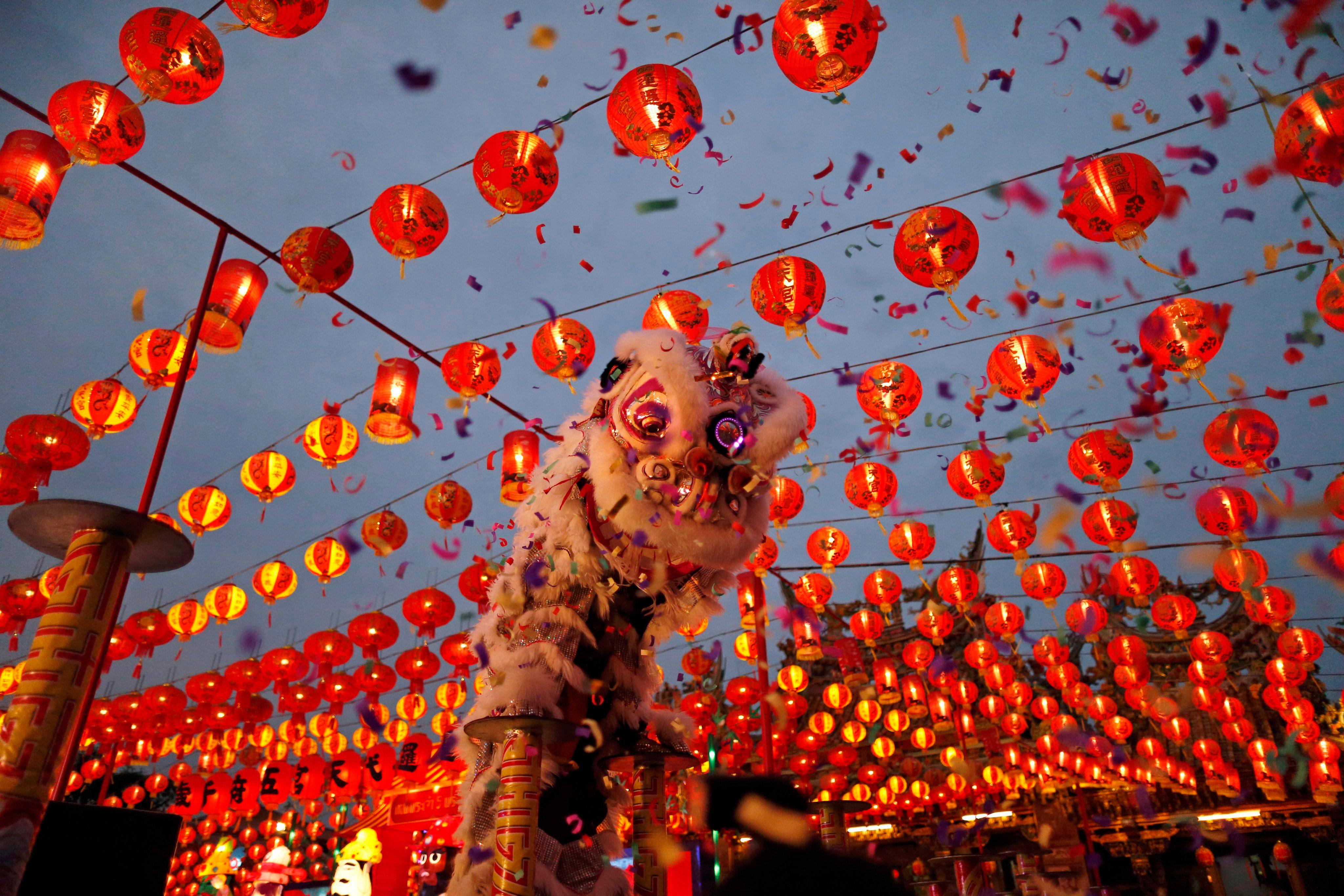
Chinese New Year, also known as the Spring Festival, is one of the most significant traditional holidays in China, with a rich history dating back over 3,000 years. It is a time for family reunions, festive traditions, and celebrating the beginning of a new year on the Chinese lunisolar calendar. The exact date of Chinese New Year varies each year, but it typically falls between January 21st and February 20th.

The origins of Chinese New Year are steeped in mythology and legend. According to tradition, the monster Nian would terrorize villages every New Year's Eve, but a brave warrior named Hongjun Laozu managed to defeat the monster by using firecrackers, red decorations, and loud noises to scare it away. From then on, people celebrated the beginning of the new year by using these same methods to ward off evil spirits and usher in good fortune.
Preparations and Traditions
In the days leading up to Chinese New Year, people prepare for the celebrations by cleaning their homes, paying off debts, and buying new clothes and decorations. The streets are filled with the sound of firecrackers, the smell of traditional foods, and the sight of colorful lanterns and decorations.

One of the most iconic traditions of Chinese New Year is the giving of red envelopes filled with money, known as "hongbao." These envelopes are typically given to children and unmarried adults as a symbol of good luck and prosperity.
The Zodiac Animals
Each year of the Chinese calendar is represented by one of the 12 zodiac animals, which are: the rat, ox, tiger, rabbit, dragon, snake, horse, goat, monkey, rooster, dog, and pig. The zodiac animals are used to determine the characteristics and fortune of individuals born in each year.

Celebrations and Activities
The celebrations for Chinese New Year typically last for 15 days, with the first day being the most significant. During this time, people participate in various activities and traditions, such as:
Watching traditional lion and dragon dances Eating traditional foods, such as dumplings and niangao (sticky rice cake) Visiting temples and praying for good fortune Participating in parades and processions Playing traditional games, such as mahjong and cards

Regional Variations
While the traditions and celebrations of Chinese New Year are similar across China, there are also regional variations and unique customs. For example, in the southern province of Guangdong, people celebrate by eating a special dish called "lo hei," which consists of a mix of raw fish, vegetables, and noodles.

Global Celebrations
Chinese New Year is not only celebrated in China, but also in many other countries around the world with significant Chinese populations. Some of the largest and most notable celebrations outside of China can be found in cities such as New York, San Francisco, London, and Singapore.

In conclusion, Chinese New Year is a significant and festive holiday that is steeped in tradition and mythology. Whether you are Chinese or not, it is a wonderful opportunity to learn about and experience the rich culture and customs of China. So why not join in the celebrations and wish your friends and family a happy and prosperous new year?
What is the origin of Chinese New Year?
+The origin of Chinese New Year is steeped in mythology and legend, with the most popular story being the defeat of the monster Nian by the brave warrior Hongjun Laozu.
What are the 12 zodiac animals of the Chinese calendar?
+The 12 zodiac animals of the Chinese calendar are: the rat, ox, tiger, rabbit, dragon, snake, horse, goat, monkey, rooster, dog, and pig.
What are some traditional foods eaten during Chinese New Year?
+Some traditional foods eaten during Chinese New Year include dumplings, niangao (sticky rice cake), and lo hei (a mix of raw fish, vegetables, and noodles).
Gallery of What Is Chinese New Year
:max_bytes(150000):strip_icc()/celebrating-chinese-new-year-94cc9dfae76d41d292bdd130c9e7374e.jpg)





/GettyImages-821407668-5c279f54c9e77c0001894cf7.jpg)
